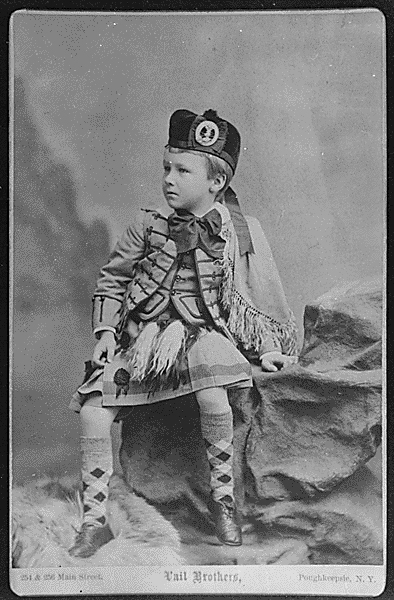The Liner Notes of Archival History #3: The National Archives

The National Archives. Wow. What a gorgeous building. What a fantastic concept. And, now, what a useful and important website.
The kids and I visited The National Archives in 2011 on our trip that I dubbed, “Around the Country in 40 Days.” We drove over 6000 miles, visiting friends, family, historical and cultural sites, and seeing the land change around us. During our nine (!) days in the D.C. area, one of the many places we visited was The National Archives. I’d never thoroughly visited the place, despite living in northern Virginia for about eight years as I was growing up. So I made sure we spent an appropriate amount of time on this visit.
The building was so beautiful and awe-inspiring. There was much to see, and so many exhibits to study. We saw all of the important founding father documents. This American Studies major was downright giddy. I think my mood rubbed off on the kids some, since they did seem to appreciate what it was they were seeing.
Not everyone is lucky enough to get to see the founding documents in person, or has the time to study in a building in the middle of the nation’s capital. And even if you are, or you have, you can’t really get that close to everything. You can’t sit and stare at the Declaration of Independence for hours at a time. There are people waiting. Move along.
So what can most of us do, who want to utilize the extensive, important, and awe-inspiring resources of The National Archives? Head to the web, of course!
The website for The National Archives is so rich and full. You need to take your time and explore to find all that it has to offer. What have they got?
So many records.
No, not the 33 RPM type, though they do probably have a few of those. These are documents, photos, and important records such as genealogy, military records, and more. It is helpful to have an idea of what you are looking for ahead of time, because there isn’t really a systematic way to see everything that’s on the site. You just have to browse, explore, and do keyword searches. You’ll unearth some real gems, and learn more about the items you thought you knew. There are all kinds of guides to help you, along with a handy dandy quick list of most requested links, such as the Declaration of Independence, the Constitution, and World War II records. You search the OPA (Online Public Access) database, and because it’s all from the government, access is free.
Of course they also have many more of the founding documents for this country, but the three biggies, The Declaration of Independence, The Constitution, and The Bill of Rights are called The Charters of Freedom, and are probably the most visited things in the Archives and on the site. If you’re looking for historically important and high profile resources that weren’t necessarily involved with founding our country, check out the Historical Documents section and the Our Documents endeavor, which holds 100 milestone documents in the history of our country. These documents are also available in book form.
The website has plenty of online exhibits as well, covering such topics as our rights, George Washington’s Acts of Congress, The Way We Worked (about workplaces through history), seeing history through eyewitness events (great for primary sources), and Digital Vaults, which allows you to create your own movies, timelines, and other resources for your own uses. This last exhibit is a really useful, interactive activity that would teach anyone of almost any age about parts of our history they didn’t previously know. There are also dozens more exhibits that I didn’t list.

Franklin D. Roosevelt portrait in Poughkeepsie, New York, 01/1887 (National Archives Identifier: 195312); Collection FDR-PHOCO: Franklin D. Roosevelt Library Public Domain Photographs, 1882 – 1962; Franklin D. Roosevelt Library; National Archives and Records Administration.
There is also a blog/magazine/whatzit called Prologue. If you love tid bits of history that you’d never encounter elsewhere, you’ll discover some real finds here. The National Archives also has a museum. Their whole site and network (online and in person) just keeps going deeper and deeper. Since discovering just how much stuff they do, the Archives site quickly became my favorite site for American history.
There are also many Twitter and Facebook pages for The National Archives and their projects, along with other online and social media outlets, including their own YouTube channel.
There are so many resources for more structured education on the website, as well. Their DocsTeach project uses primary source documents to help teachers educate children. It’s fantastic for homeschooling. There are plenty of documents and activities, and teachers can put together portfolios and activities to share with their students and with other teachers. With too many watered down and distilled lessons in schools, this kind of resource is invaluable.
Another part of the site, the Today’s Document page, shows a new document from The National Archives each day. Get a glimpse into historical America. As I’m writing this post on January 30th, the document is a photograph of Franklin Delano Roosevelt as a child.
If you just can’t stand it and need to be physically surrounded by history, but can’t make the trip to D.C., there are also some satellite Archives locations around the country, and the website lists them and any information you need for visiting.
When you’re all said and done, check out their shop. The one they have on site in D.C. made me so giddy (there’s that word again—yes, it does mean what I think it means), and the online version seems to have a lot of the same things available. On our trip in 2011, I got my kids a book on becoming an archivist, and I got myself a book called What’s Cooking, Uncle Sam?, where I learned all about the government’s role in our nation’s nutrition. In any case, if you love shopping and you love history, you will love their offerings.
And if, in the end, you are able to visit The National Archives in person, the website will help you make the most of your visit, helping you to plan what you will accomplish ahead of time, and giving all of the other information you need.
Because there is so much available on the website, take your time. It isn’t as well organized as some websites might be, but when you have that much information in one place, that all interrelates, it’s impossible to make a system of organization that will make sense to everyone. Use their search boxes and their menus. Researching by topic might be a useful strategy, too. When in doubt, ask for help. But enjoy yourself.
What discoveries have you found there? What parts of the site do you find most useful? How do you use the site? Please share your experiences so others may benefit.


